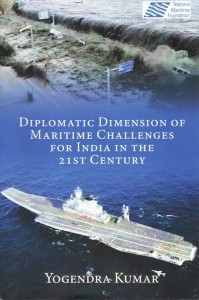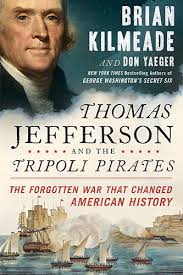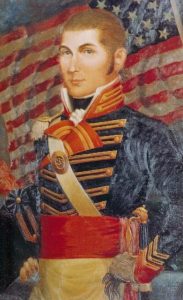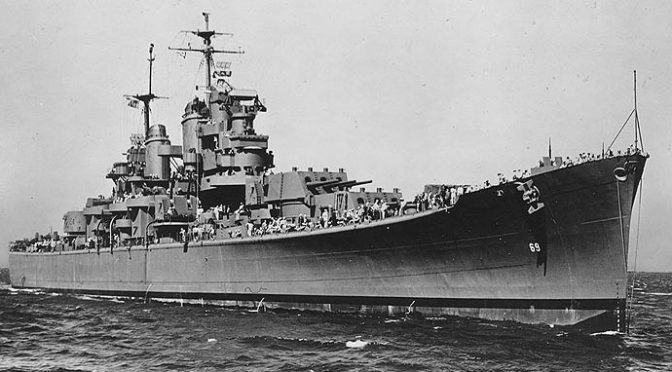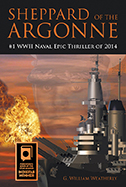Kumar, Yogendra. Diplomatic Dimension of Maritime Challenges for India in the 21st Century. New Delhi: Pentagon Press, 2015, pp. 258, 995 Rs.
By G. Parthasarathy
While the present discourse in India is largely on its civilizational past and on the contemporary challenges across its land borders, very little attention has been paid to the crucial and indeed imperative role of seafaring trade and maritime security, and indeed the entire spectrum of maritime affairs. Until recently, there has been little realization of the importance of these issues in safeguarding the Indian way of life and ensuring that India emerges as an increasingly influential power, dedicated to peace and cooperation with all. Even school textbooks contain very little information about India’s maritime traditions or the decline of India’s role in maritime trade with the advent of European Power across the world, particularly since the 18th century.
India’s maritime history began in the 3rd millennium BCE when the Indus Valley established maritime contacts with Mesopotamia. Following the Roman occupation of Egypt, trade flourished with the Roman Empire, not only with India’s west coast, but also with Tamil Pandyan Kings. The Chola Dynasty reached out beyond the shores of what is now Tamil Nadu between the Third and Thirteenth Centuries, extending its domain from Sri Lanka to Srivijaya (Indonesia) in Southeast Asia. Similar trade and maritime contacts flourished between rulers of Kalinga (Orissa) and the kingdoms of South and Southeast Asia, including Myanmar, Indonesia, and Sri Lanka.
Across India’s western shores, Quilon enjoyed growing trade links with the Phoenicians and Romans. Trade with Mesopotamia and the shores of Africa flourished. Further north, the Marathas developed a maritime force that could challenge the ships of European powers like the Portugal and Britain until they inexplicably lost interest in maritime power. Trade flourished from western shores across the Persian Gulf to the Mediterranean until European dominance of the sea lanes gained ascendancy. From the 18th century onward, India lapsed into a centuries long phase of ‘maritime blindness.’
India and China played a significant and even dominant role in world trade up to that point. India is estimated to have had the largest economy in the medieval world until the 16th century. English historian Angus Madison has estimated that India’s share in world income was then 27%, compared to Europe’s share of 23%. After three centuries worth of European domination, India’s share fell to 3% of the global economy. In 1950, China’s share in world trade was 1% and India’s was 1.9% – virtually double that of China. In 2014, India’s share of world trade had a fallen to 1.7 % while China’s had grown to 12.2%. This falling share of our world trade sadly reflects the relative decline of India’s regional influence in Asia and indeed globally since independence.
The book Diplomatic Dimension of Maritime Challenges for India in the 21st Century, by former diplomat Yogendra Kumar, carries out a detailed analysis of these factors while spelling out the challenges and prospects for a future Indian role in shaping the governance of maritime affairs in the coming decades. In this endeavor, he casts the spotlight on the civilizational dimension of India’s role as a reinvigorated maritime power which, as part of its contemporary diplomacy, aims to subserve the larger Indian foreign policy which finds its inspiration from the lofty ideals of the country’s freedom struggle. While most diplomats tend to focus primarily on the diplomatic dimensions of maritime security, naval officers focus more on actual maritime power. Having served on the Faculty of India’s National Defence College and worked with the National Maritime Foundation in Delhi, the ambassador has brought his experience to bear on his meticulous research, and his handling, at a senior level in the Indian foreign office, of several multilateral institutions analyzed in his book. His intellectual inquiry not only spans India’s recent post-independence past, especially post-Cold War maritime history, but also offers insightful comments on the capacities and shortcomings of the relevant maritime agencies as they face myriad existing and over-the-horizon challenges to national security. These strategic challenges get compounded, geographically and paradigmatically, as the country charts its course to emerge as one of the fastest growing economies in the world. These challenges are also evaluated from the point of view of failed political power transitions since the end of the Cold War.
In addressing the diplomatic dimension of the country’s maritime challenges, the author holistically examines the evolution and the potential role of all the key maritime agencies in today’s unique circumstances, framed by deep geopolitical turbulence and uncertainty, paying extensive attention to the Indian Navy, the Coast Guard, the Coastal Police belonging to the country’s maritime provinces, the Indian shipping services, and the Department of Ocean Affairs. Whilst the Indian Navy remains the centerpiece of his narrative, the array of these agencies signifies that a favorable maritime order can only be shaped by the breadth of these organizations. Thus, approaching this effort in balance-of-power or zero-sum terms will be counter-productive, even in a shortened time horizon. The ambassador’s thought-provoking analysis of the security paradigm involves an examination of causative factors, ranging from the phenomenon of failed/failing states, the fragility of multilateral institutions, to the whole range of so-called ‘non-traditional’ security challenges induced by revolution of technology, including military technology. The author also, significantly, posits that maritime security is a subset of wider international security, especially of the littoral regions. He points at the deteriorating relations amongst the major powers, creating a worrying, de-stabilizing maritime salience. He analyzes the impact of these rapidly mutating constituent factors on the doctrines and structures of the Indian maritime agencies; introducing an interesting discussion on the recommended role and capacities of the Indian foreign office as well as other government structures. The leveraging of both hard and soft power maritime capabilities in diplomacy would help regional stabilization, resting on India’s benign image and its historically non-disruptive political consolidation model.
Quite naturally, as he discusses the entire threat spectrum of ‘traditional’ and ‘non-traditional’ maritime challenges, Kumar focuses on what we have done for the safety of our nationals living in our western neighborhood, where thousands have had to be evacuated from countries experiencing political instability and violence. India’s national maritime policies will also have to cater to the possibility of a much larger scale evacuation of Indian nationals should instability and violence spread to the Arab Gulf countries, where over 7 million Indians live, in addition to catering to the security of our sea lanes from where we get over 70% of our energy requirements of oil and gas. He also focuses on challenges posed by an emerging and assertive China as it proceeds with its ”One Belt One Road” initiative across our shores; in his discussion on naval grand strategy for India, the ambassador offers an interesting take as to how this challenge can be ‘finessed.’ The high seas are, after all, vast areas where powers can both cooperate and contend.
The most significant aspect of Mr. Kumar’s book on maritime challenges is his focus of attention on what needs to be done for restructuring institutions and building maritime capabilities in shipyards and research institutions,to meet the forthcoming challenges and opportunities in coming decades. With its ambitious plans for more Aircraft Carriers as well as both attack and ballistic missile submarines, the Indian navy has fortunately been more far-sighted that the other armed services in realizing that military power cannot be built primarily on imports of crucial defense equipment. Yogendra Kumar has quite appropriately noted that for the foreseeable future, India’s concentration will be on the sea-lanes of the Indian Ocean. He also notes that in maritime affairs, there is need for both regional and global institutions in order for trade across the high seas remains unaffected. While institutions are being built for trade and cooperation across the Indian Ocean, India cannot ignore that over 40% of its exports are routed through the South China Sea, now the focus of escalating rivalries over maritime boundaries. As he reviews these governance mechanisms, the author makes concrete suggestions to make them, especially those concerning the Indian Ocean, capable of multilateral efforts and of thought leadership to stabilize and buttress the maritime order for salutary effect on the global security paradigm as a whole. His approach of ‘fore grounding’ the ‘non-traditional security’ agenda for these institutions over that of ‘traditional security’ agenda in their activities offers considerable food for thought for the proponents of hardcore security doctrines.
For that last-named reason, Yogendra Kumar’s meticulous study of maritime institutions, strategies and diplomacy is “essential reading,” not just for scholars and lay readers, but also for every young officer who wishes to make the Navy a fulfilling career.
G. Parthasarathy is a strategic analyst and columnist. He last served as the India‘s High Commissioner to Pakistan. He has also been Indian Ambassador to Myanmar and High Commissioner to Australia and Cyprus, with earlier diplomatic tenures in Moscow, Washington and Karachi. During his diplomatic career, he has been Adviser to both India‘s Foreign Secretary and former Prime Minister, Rajiv Gandhi.


